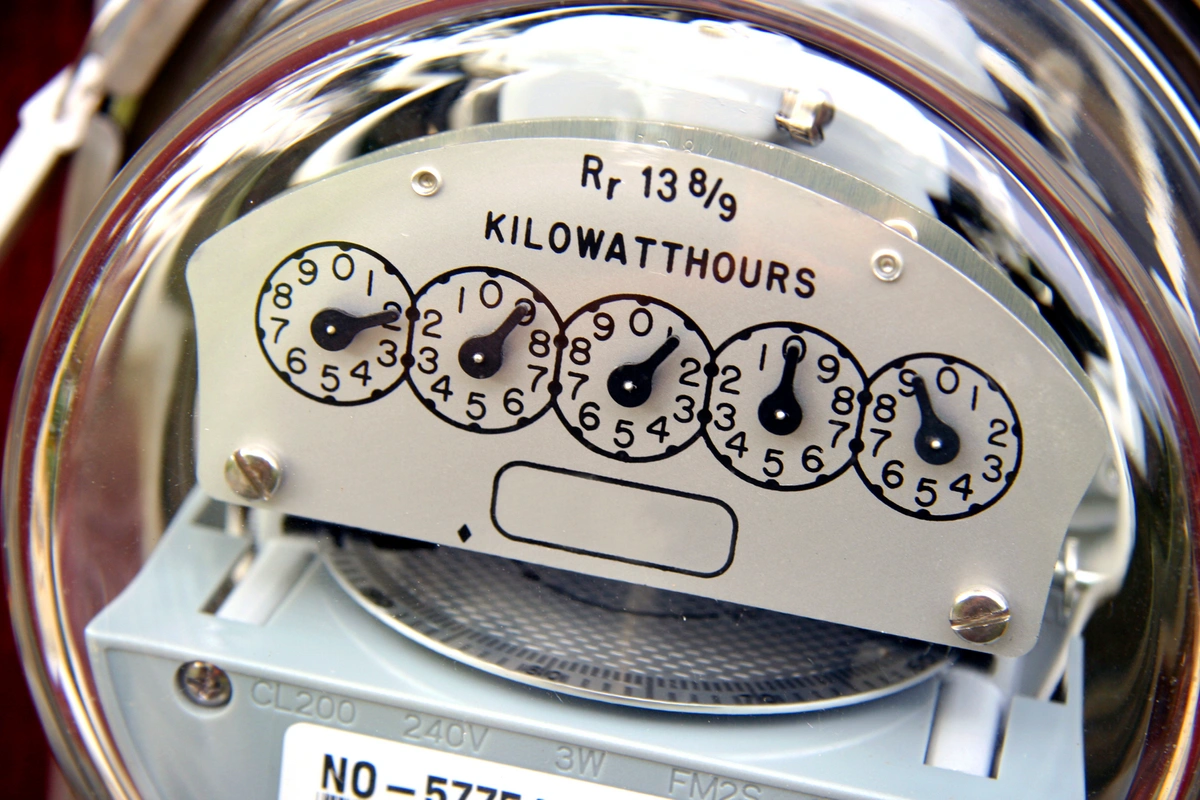IMPORTANT MONTHLY UPDATES & ANNOUNCEMENTS
With the new season comes changes and updates from several utilities. In this newsletter, we highlight PG&E’s new residential rate option, discuss a newly implemented update to the rates of CenterPoint Energy Houston, and answer several frequently asked questions regarding grandfathered rates.
PG&E’s New “E-ELEC” Rate
Attention all energy efficient homeowners: Pacific Gas & Electric (PG&E) will be introducing a new rate schedule called E-ELEC (Electric Home) for customers who house at least one of the following technologies: an electric vehicle (EV), an energy storage system (ESS), or an electric heat pump. According to PG&E’s General Rate Case (GRC) Phase II proceeding, this rate schedule was developed as a “pro-electrification” rate option for residential customers. Phase One implementation of this rate will begin December 1, 2022, when it will be available on an opt-in basis for customers not currently enrolled in a net energy metering (NEM) program. Phase Two, expected to take place within the latter half of 2023, will include NEM 1.0 and NEM 2.0 customers.
E-ELEC will have time-of-use (TOU) periods that are the same throughout the entire week (weekends included) with peak hours of 4PM to 9PM, part-peak hours of 3PM to 4PM and 9PM to 12AM, with all remaining hours as off-peak. Generation and distribution charges will vary according to the TOU periods as well as the season. E-ELEC is an un-tiered volumetric TOU rate that has a fixed per day customer charge when compared to E-TOU-C, currently the default rate for residential customers.
Those that elect service under the E-ELEC rate schedule have an increased opportunity to shift load with the additional part-peak TOU period, taking advantage of the lower electricity costs offered during part and off-peak hours. Solar and storage developers can suggest E-ELEC as a rate switch option to residential customers that look to install storage paired solar after California’s successor NEM tariff (NEM-3) goes into effect.
More information about this rate schedule can be found withinAdvice Letter 6690-E. ETB will be adding E-ELEC promptly when it becomes open for enrollment later this year. If you have questions, please contact us atutilityraterequest@energytoolbase.com.
CenterPoint Energy’s Updated Distribution Factor
The Public Utility Commission of Texas approved a filing from CenterPoint Energy Houston to update the Distribution Cost Recovery Factor (DCRF) for the first time since 2019. The DCRF is an adjustment designed to recover distribution-invested capital during the interim between base rate proceedings to avoid the need for a larger adjustment that recovers costs all at once. This update will recover over $1.6 billion in investments made from 2019 to 2021.
The impact of the DCRF update varies depending on the service rate a customer is under. A residential customer with an estimated monthly usage of 1000 kWh will see an increase of $2.76, while a commercial customer on the Secondary Service Greater than 10 kVa rate with a demand of 100 kW will see an increase of $22.60 per month.
FAQ – Grandfathered Rates
Q: What are Grandfathered (GF) rates?
A: Grandfathering allows existing solar customers to avoid future changes to rules or rates to preserve the savings that their already functioning solar systems were set to achieve. Grandfathering benefits only apply to the TOU periods and does not include a freeze of the rate schedule in its entirety.
Q: What is the difference between GF rates and non-GF rates?
A: In 2017, shifts in TOU periods to exclude midday hours from the on-peak period rendered many schedules highly unfavorable for solar customers. Grandfathered customers have the ability to keep the “legacy” TOU periods which entail a more solar-friendly on-peak window.
Q: Why are some GF rates closed?
A: TOU grandfathering eligibility requires certain qualifications, and protection only extends for a predetermined number of years. These qualifications and extensions depend on several details specific to the customer’s rate, solar status, and interconnection agreement. Since we know that certain rate switches are not allowed and that certain schedules have been closed to new customers, we disable these rates within our ETB Developer platform to avoid users selecting them to use within a proposal.
Q: How do I find GF rates in ETB?
A: Our grandfathered rates are named with “-GF” following the rate name. For example, in ETB Developer you can find rates such as AL-TOU-GF and DG-R-GF for San Diego Gas & Electric (SDG&E). If the GF rate option needed cannot be found, users can request it be added by emailing ETB’s in-house utility rates team atutilityraterequest@energytoolbase.com.


